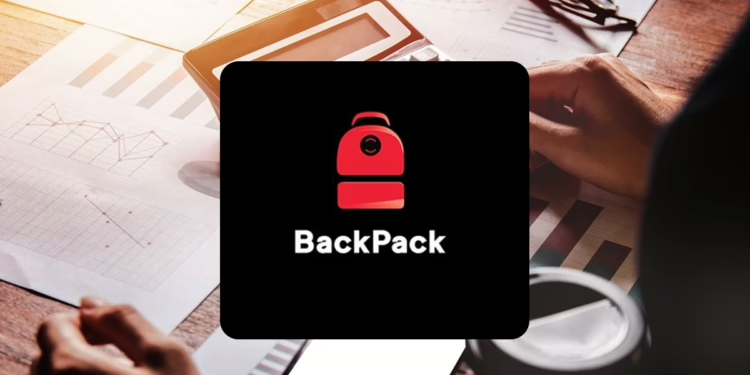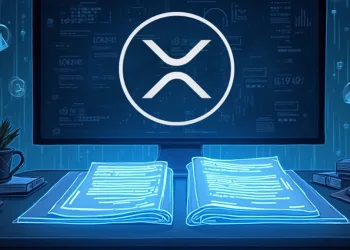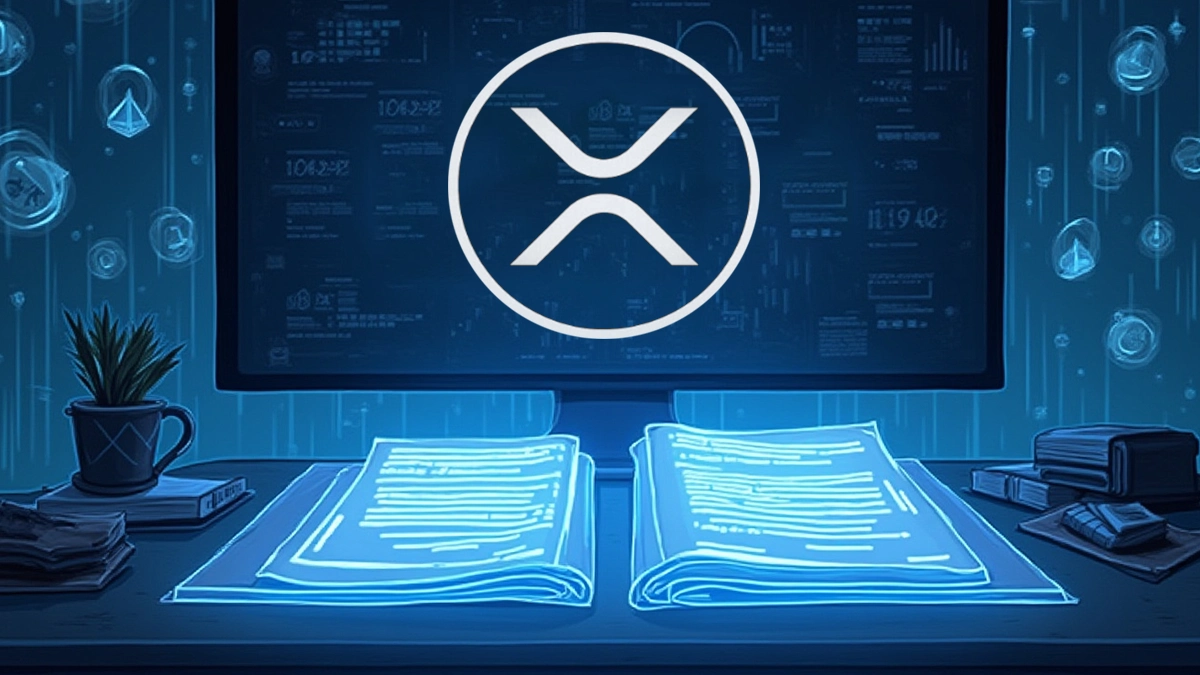- Backpack processed 99.82% of liquidations on its order book, avoiding auto deleveraging despite market turbulence.
- The platform’s three-tiered liquidation model preserves system stability, using ADL only as a last resort.
- Backpack’s risk engine uses dynamic pricing and market depth analysis to minimize price impact during liquidations.
According to Armani Ferrante, CEO of Backpack, the platform endured an all-time high workload due to last week’s market turbulence. Despite increased liquidations across exchanges, Backpack’s internal systems remained stable.
The firm maintained its liquidation flow through a multi-tiered system, with 99.82% of liquidations occurring directly on the order book. Only 0.18% went through the backstop, while auto deleveraging (ADL) was not triggered. This operational success has prompted the company to consider increasing leverage as open interest grows.
Three-Step Liquidation Process
Backpack uses a three part liquidation model: order book execution, backstop intervention, and lastly, auto deleveraging. This structure, common across exchanges, ensures system solvency under high pressure events. The liquidation process begins once a user’s Maintenance Margin Requirement hits 100%.
At that point, the system cancels open orders, repays borrows, and activates liquidation. The platform first attempts to unwind the position through its order book. Liquidations happen gradually across all active markets, reducing price impact and aiming to restore account health without full liquidation.
Risk-Engine Prioritizes Market Depth and Price Integrity
To manage liquidation volume safely, Backpack’s engine calculates available market depth and liquidates only within a tolerable price band. This method limits price disruption and preserves liquidity.
The platform also applies dynamic protections, including moving average price bands and mark price buffers, to reject poor priced liquidation orders. If order book execution becomes unfeasible, Backpack moves to its backstop program.
Market makers in this program take over positions, absorbing risk and avoiding broader market impact. According to Ferrante, this backstop ensures stability during extreme downturns and is open for qualified participants.
Auto Deleveraging Only Used as a Last Resort
If both prior steps fail, the system initiates ADL to close positions using opposite market participants. Backpack’s ADL algorithm sorts accounts by margin fraction and delta exposure, prioritizing systemic risk reduction. Unlike other exchanges, Backpack does not factor in unrealized profits.
Instead, it focuses on neutralizing delta across the system. This approach, Ferrante explained, ensures that even in a liquidity crisis, the system can unwind to zero open interest in a controlled manner. He emphasized that bankruptcy is a valid and essential state in any margin system, whether centralized or decentralized.














